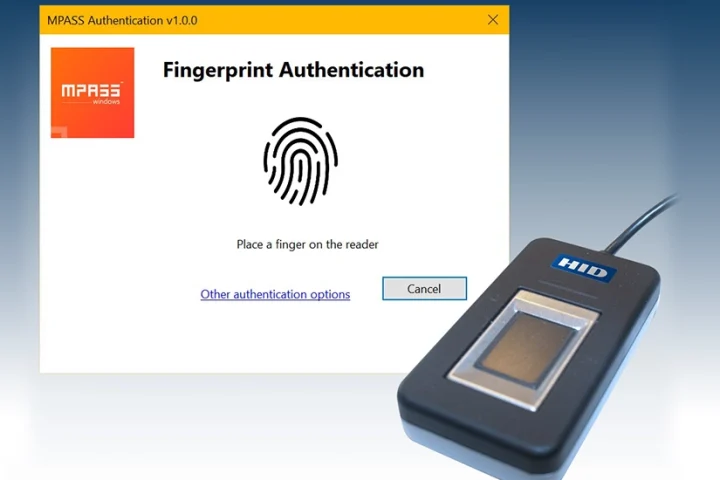Many small and medium businesses (SMBs) still use a combination of standalone, on-premises business solutions for accounting, payroll and human resources (HR). Although these systems have served them well for many years, moving towards an integrated, modern, end-to-end solution can provide SMBs with more visibility, flexibility and efficiency in managing finances, operations and people.
Some SMBs, however, still associate the idea of an end-to-end business solution with the complex and expensive enterprise resource planning (ERP) systems of the past. Although these systems delivered on the promise of end-to-end visibility of business processes and information, some were complicated to implement and use.
With today’s platforms, an SMB can achieve the benefits of integrating software that is more affordable, simpler to implement, user-friendly, and faster to roll out. Cloud-based solutions, especially, are making it easier for SMBs to access the benefits of an end-to-end solution without the complexity or high expenses.
SMBs can choose a unified, integrated solution for accounting, payroll and HR that offers a single view of the business to support planning and address the needs of a transforming digital workforce. Or they can opt for a best-in-class financial system as a base and then easily integrate it into an independent software vendor offering via application programming interfaces.
Streamline manual processes
The benefits of moving to an integrated environment are numerous. Installing an integrated accounting, payroll and HR solution can help a business streamline tedious manual processes, such as capturing employee data across multiple systems and importing transactional data from the payroll into the accounting system.
A comprehensive solution with a single database for HR and payroll, and tight integration with financials, offers a foundation for automating repetitive, low-value activities. When a change is inserted into the HR module, data will automatically update across financials and payroll, and vice versa. This reduces the scope for human error and ensures a consistent, accurate and holistic view of business data.
It also supports collaboration across the business, supporting SMBs with powerful business insights. Accounting, payroll and HR teams will be able to generate reports and analytics without having to import and cleanse data from other systems. This means everyone in the business will be working off and making decisions based on the same, real-time view of transactions and employees, boosting their ability to make data-driven decisions.
Access richer business insights
In addition to facilitating better reporting, integrated solutions also make compliance easier. Having HR and finance managers work from the same data, companies can reduce errors. without spending time on manual data corrections, captures or imports.
For SMBs seeking to become innovative people companies, integration between payroll and HR systems can enable self-service experiences that empower the workforce. Employees can use self-service on their mobile devices or computers to review and update information, access payslips, apply for leave and more.
Accounting, payroll, HR and operations are closely intertwined, so companies can benefit from using end-to-end solutions that provide visibility into all parts of their business. With an integrated, cloud-based solution, SMBs have access to a single source of the truth, streamlined business processes, and can grow their businesses on top of a scalable platform.
By Gerhard Hartman, Vice President: Medium Business, Sage Africa & Middle East.
























